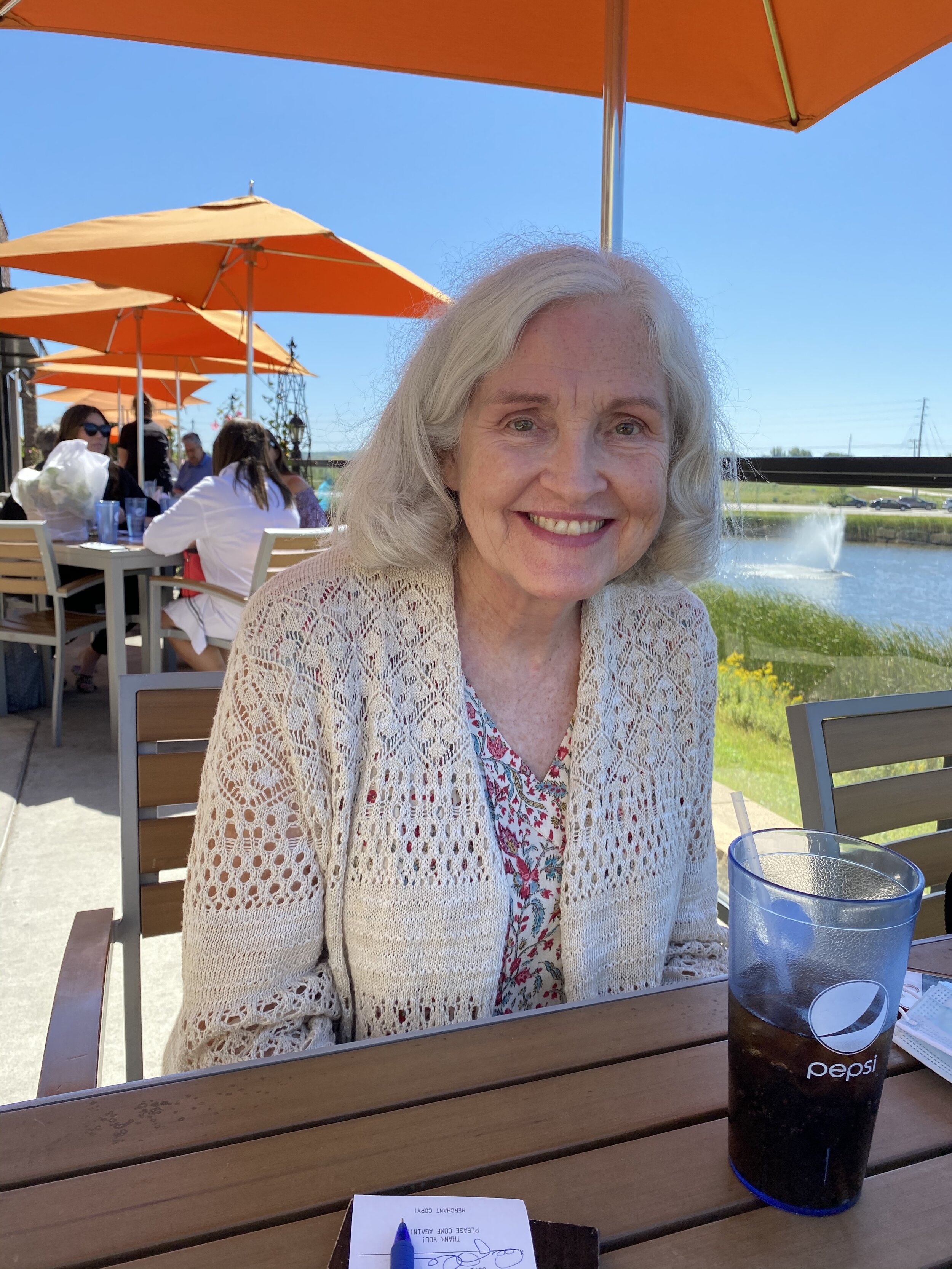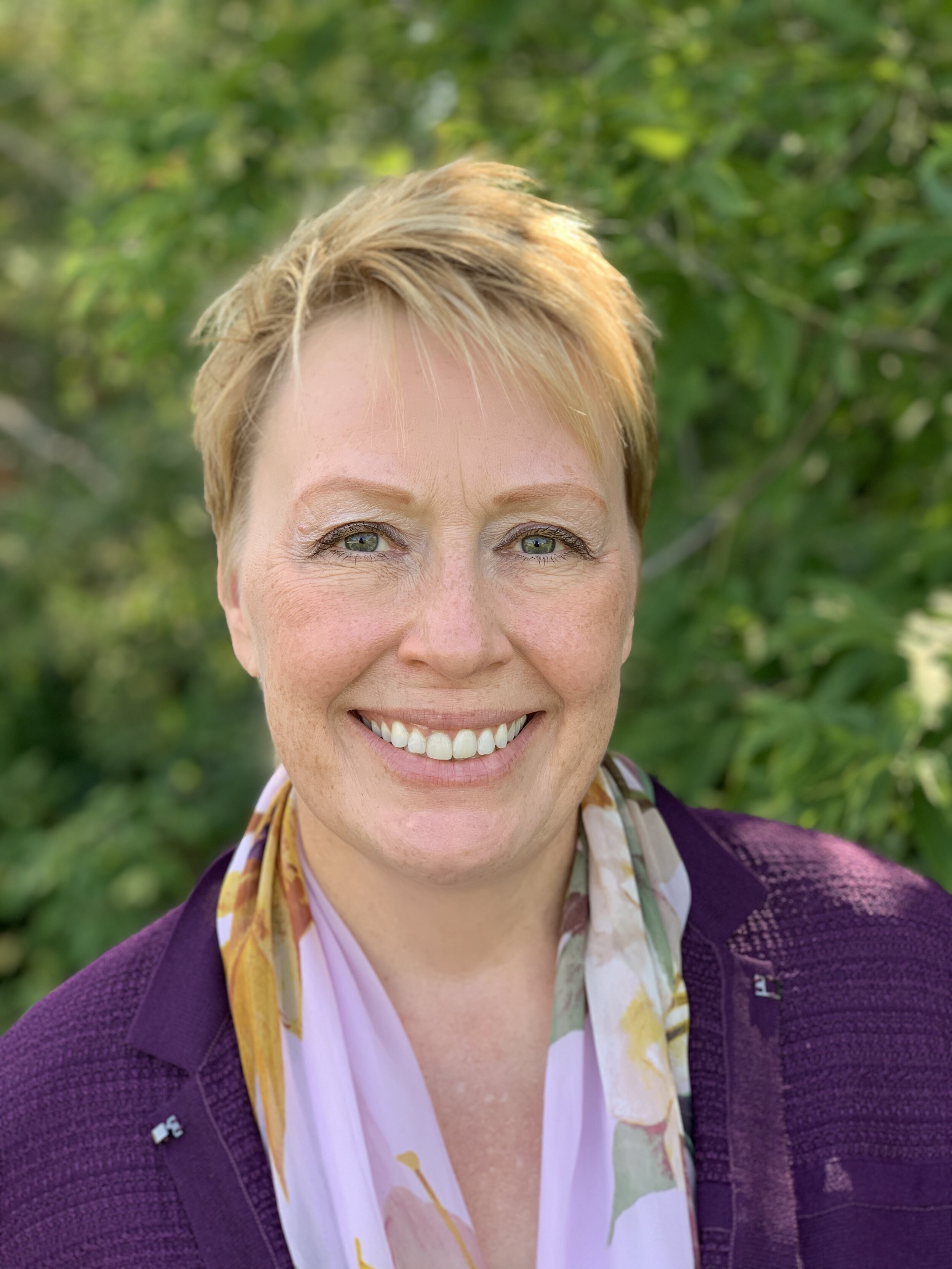A century of learning: How WSU-Rochester built a 'reputation for quality instruction'
One hundred and three years ago, a handful of Rochester-area teachers became students again.
They packed into a one-room schoolhouse to take education courses over summer break, hoping the classes would make them better educators themselves. It was the first offering in Rochester from a university 50 miles to the east — and before long, Winona State University-Rochester became a permanent, year-round presence in the Med City.
WSU-R steadily became a major player in Rochester’s higher education from there, helping lead thousands of students on their journeys to the professional realm while earning a reputation for delivering quality, individual-based learning in a nurturing environment. Students, faculty and administration from the past and present have said WSU-R feels more like a family than a normal university — a feeling that is only created through decades of dedication and hard work.
To understand how the university earned that reputation and what the future holds, we must examine its history.
The Early Years
WSU-R’s first decades were defined by near-constant movement, with professors holding classes in multiple locations across the city.
Rochester State Hospital was one of the most notable locations, serving as the site of the first WSU-R nursing class in 1920, plus the center of the nursing program from 1967 to 1977. After leaving the hospital, the nursing program settled on the balconies of Graham Arena, for three years, close enough to the ice to hear goal horns and dodge the occasional flying puck.
However, WSU-R was again on the move when Gayle Olsen first joined the nursing faculty in fall 1980. Her first year on staff coincided with the university’s move to the Northrop Building in northwest Rochester, formerly an elementary school in the RPS system.
Olsen, now professor emeritus of nursing, says there were some shortcomings to working in a building designed for kids.
“The drinking fountains were so low,” she says. “You practically had to be an acrobat to get down there.”
Gayle Olsen / submitted
Olsen and company spent four years at Northrop before WSU-R moved operations to the Golden Hill learning center, another former RPS elementary school. The facility was newer than Northrop, but had one big problem: the heat didn’t work in some parts of the building.
The fall was fine, but trouble became apparent when another cold Minnesota winter moved in.
“We each had a divided office, made out of one big room,” says Olsen. “My friend’s side of the office had heat, but my side of the office didn’t. So every morning, I’d have frost on my desk. I’d have to warm up my pens every day.”
Even through frozen pens and countless cold lectures, Olsen says she looks back fondly on her early days at WSU-R — highlighted by the relationships she forged with her fellow faculty members, regardless if they were nursing faculty or not. Their regular coffee get-togethers made Olsen feel like part of the Warrior family, no matter where the university’s physical ‘home’ was.
“We did move around a lot, but I really enjoyed working with those people,” says Olsen. “They made my job even more rewarding, regardless of where we were teaching.”
Finding a Home
As Olsen and company bounced around Rochester in the early 1980s, the city’s biggest players were working to change the fabric of local higher education.
Don Supalla / submitted
Don Supalla, president emeritus of Rochester Community and Technical College, was a teacher in the RCTC system at the time. He explains that Mayo Clinic, IBM, and the Greater Rochester Area University Center (GRAUC), were interested in developing a traditional, four-year university in the Rochester area, but statewide political support failed to materialize.
“There was this huge clamoring that Rochester was the only city in Minnesota larger than 100,000 people without a traditional, residential university,” says Supalla. “But there were already four public universities on the I-90 corridor, so adding a fifth in Rochester just wasn’t feasible.”
With a centralized four-year institution off the table, local leaders had to improvise — and in 1986, their discussions and concepts became a reality. WSU-R joined forces with RCTC, moving all classes and administration moved to the brand-new East Hall on the Yellowjackets’ campus. Eight years later, the University Center moniker was adopted, which holds firm to this day.
Ever since the Warriors and Yellowjackets first teamed up, students have been able to begin their higher education with RCTC, then seamlessly transfer into the WSU-R program to finish their bachelor’s degree through the Path to Purple program.
This photo, along with the above cover photo, were sourced and licensed through the History Center of Olmsted County.
Supalla, a Winona State graduate who commuted between Winona and Rochester every day to earn his bachelor’s degree, says he would be able to stay closer to home today, thanks to WSU-R’s expanded course offerings.
“That’s the beauty of having a campus in Rochester,” says Supalla. “There are a large number of people from the area attending the main campus [in Winona]. With Rochester being the regional hub, wouldn’t it be nice if people didn’t have to make that commute?”
Influencing the Future
The collaboration between Winona State and RCTC has worked wonders for both institutions, providing the permanent home that Olsen and her fellow faculty so desperately searched for. In the decades since then, WSU-R has built on that foothold, solidifying their downtown presence with learning and administrative space inside the historic Riverside Building.
Dr. Jeanine Gangeness, Associate VP of Academic Affairs for WSU-R, says her university is stronger now than it ever was in its 100-year history. As Rochester grows, she says, the hope is that WSU-R will follow in lockstep.
Jeanine Gangeness / submitted
“We are uniquely positioned to succeed in the coming years,” says Gangeness. “We’re offering new courses and programs, really trying to push higher education in Rochester to new heights. Hopefully, our next 100 years will build on what we’ve learned from the first 100. We’re so grateful to be a part of Rochester’s history.”
As for Olsen, she spent the rest of her teaching career at UCR — putting in 25 years of work inside East Hall alone before retiring in 2011. She says she runs into her former nursing students with regularity, during doctor’s appointments or simply while out and about.
Olsen had taught at several other universities — most notably Boston College and the University of Minnesota — before settling at WSU-R, where she stayed for 33 years. Through all the stories of teaching in less-than-ideal circumstances, Olsen stayed… but why?
She says the answer is in the culture — a nurturing atmosphere that can’t be found anywhere else.
“There’s an emphasis on teaching excellence and student success here that I love,” says Olsen. “We will work with you until you understand the material. It’s a family atmosphere here, and I've loved that about Winona State.”
WSU-Rochester’s expansion into downtown Rochester / courtesy WSU-Rochester
She’s not the only one that believes in the quality of the culture at WSU-R. Supalla spent 15 years as the president of RCTC, working in lockstep with WSU-R officials to give students a clear and financially stable path to earn a bachelor’s degree. Since finding a permanent home, Rochester’s Warriors have shined, paving the way for the educators, nurses and social workers of tomorrow.
“They’ve always had a reputation for quality instruction,” said Supalla. “That’s been their claim to fame for years, and it continues to be today.”
Visit Winona State University-Rochester’s website for an interactive timeline detailing the history of the university.











